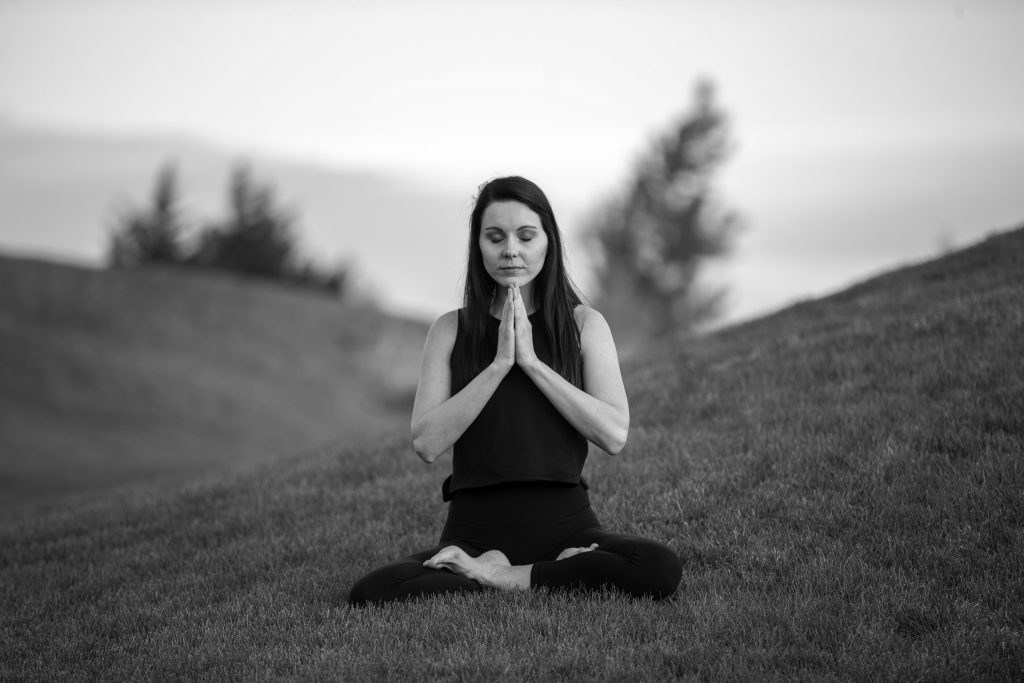
How To Teach Yoga For Stress Relief
For many practitioners, there is no goal in mind when it comes to yoga—the joy is in the journey. But just because there is no set goal doesn’t mean that there is no real objective, less a compelling reason for continuing to roll out the yoga mat time and time again.
Yoga For Stress Relief
Yoga is a nourishing and restorative practice, extending far beyond the realms of the physical domain and certainly goes further than any other movement-based activity or mere stretching. As part of this journey of nourishment and restoration, yoga practitioners tend to foster a more refined awareness of both the internal environment and of the outside world, learning how to navigate the ups and downs of both. And therein lies the objective for many yoga enthusiasts—stress relief.
In this article, we look at how to help guide experienced yoga teachers through the art of teaching yoga for stress relief.
Contact us to find out more.
Practical tips to teach yoga for stress relief
Owing to yoga’s surge in popularity and demand in recent years, one of the most crucial skills experienced yoga teachers can learn is how to best teach yoga for stress relief, as the popularisation of yoga has, in part, been driven by the idea of quieting the mind and becoming comfortable within one’s own skin.
Here are some practical tips for yoga teachers who are specifically looking to run stress-reducing classes:
- The teacher must build a specific sequence that has the specific intention of reducing stress. It is important to first analyse who the students are, including their physiological state and their needs at this time.
- The sequence could contain asana, pranayama, meditation, yoga nidra, chanting, all chosen appropriately for the specific student or group. Depending on their presentation, some students may need a vigorous asana session, whereas others may need a yoga nidra session.
- Getting to know one’s students will help determine the causes of stress people are facing—social, emotional, mental, physical. It is always a good idea to talk to your students! This will help inform what type of sequence components are best employed. For example emotional stress may be best addressed using chanting or yoga nidra whereas mental stress may be best served by a slow and mindful asana sequence followed by meditation.
- Stress-relief sequences, are often of the langhana category. A laghana sequence is one that is soothing, calming, nourishing—as opposed to a brahmana sequence that is more stimulating and energising. In a langhana sequence, the asana would generally include more forward bends and twists as these have a more calming effect, alongside pranayama and breathing cues which emphasise more the exhale and the suspension after the exhale—these typically activate the parasympathetic nervous system. Meditation might be appropriate if accessible and familiar, although it should be noted that if the mind is too busy, meditation might have the opposite effect and actually increase stress levels. Yoga nidra and other guided relaxation practices have huge success in decreasing stress. Chanting can be very grounding and can help move a person from the busy-ness of the mind, and more towards the centre—into the body and heart, fostering feelings of calm, safety and peacefulness. It is worth noting that for some individuals a brahmana, more active asana class may be more appropriate to relieve stress. For example, in students where there is excessive adrenalin, some mindful energetic asana may help to work through that. We are all different and it is up to the experienced teacher to determine what is going to be most effective.
- It is important for the teacher to dedicate some time after the class to talk about lifestyle methods to reduce stress. Doing so helps to ensure the offering is well-rounded and goes beyond the yoga mat. This includes giving some short sequences to your students that they can do daily at home. This empowerment in itself has a healing effect.
What is the best style of yoga to reduce stress?
While all styles of yoga offer a degree of stress reduction benefits through a combination of mindful movement, breath control and meditation, certain yogic traditions are particularly suited for reducing stress due to their gentle and restorative nature.
Each individual may resonate with different styles, so it might be beneficial to try a few of these to see which feels most calming and restorative for you or your students. If you are dealing with specific health issues or have special needs, working with a yoga therapist or an instructor with experience in therapeutic yoga techniques might be the best approach.
Here are some styles that are often considered best for stress reduction:
- Restorative yoga: By using props like bolsters, blankets and blocks to support the body in gentle poses that are held for longer periods of time, Restorative yoga can be profoundly relaxing and healing, making it a popular and fine choice for stress reduction.
- Yin yoga: Yin yoga also involves holding poses for longer periods, but without the extensive use of props. This can help release deep-seated tension in the connective tissues and foster a meditative state of mind.
- Hatha yoga: As a gentle practice that combines physical postures, breathing exercises, and meditation, Hatha yoga is typically slower-paced, allowing students to connect with their bodies and breath, making it an excellent option for stress relief.
- Kundalini yoga: Combining physical postures with breathing techniques, chanting, and meditation, Kundalini yoga focuses on the spiritual and energetic aspects of yoga to create a profound sense of inner calm and awareness.
- Iyengar yoga: Known for its focus on alignment and the use of props, allowing students to perform poses with great accuracy and without strain, Iyengar yoga seeks to place emphasis on alignment, leading to a deep sense of balance and relaxation. It’s more energetic approach may suit some who are wound up and need something more physical.
- Mindfulness-based yoga practices: Any yoga practice that integrates mindfulness or other meditative techniques, whereby present-moment awareness and non-judgmental acceptance is emphasised, can be especially effective in reducing stress.
- Breath-centred yoga: As a broad catch-all term for many different types of yoga that place particular emphasis on pranayama (breath control), breath-centred yoga can be a powerful tool for calming the mind and nervous system, helping to significantly reduce stress.

Why consider mentorship?
Mentoring with a master teacher provides you with a clear path to professional development. You will receive personalised guidance on topics ranging from your personal practice, to your teaching skills, to how to move forward with your yoga career.
Our master teacher Susan Allen has over two decades of yoga practice, teaching, and guidance, and credits her most meaningful growth to the gift of mentoring from the world-class master teachers she has been fortunate enough to study with over the years.
Susan has run multiple yoga studios, teacher trainings, immersions, and retreats, and brings all of this experience to her mentoring. Harnessing her practical and technical skillset, she understands and teaches yoga pragmatically, creating a safe and collaborative space for personal development. She disseminates what she has learnt in easy to digest modules which cover both personal and professional growth goals.
Develop your yoga teaching style with mentorship
While your teacher training may likely have touched on the principles of how yoga can help with stress relief, it’s impossible to gain a deep understanding of such a varied and extensive subject in a short amount of time. Of course, the first step is to develop our own personal practice. In addition to educating how best to teach the teachers within a yoga studio setting, there are a vast number of teaching elements we help our professional yoga teacher clients develop.
At The Yoga Transition, we celebrate individuality through:
- Steering your practice and teaching in the direction that most interests you
- Encouraging you to discover your unique voice
- Guiding you to develop a teaching methodology that has both integrity and individual authenticity.
Once you have completed your initial teacher training, contact us to find out how mentorship can bring you to the next level.





